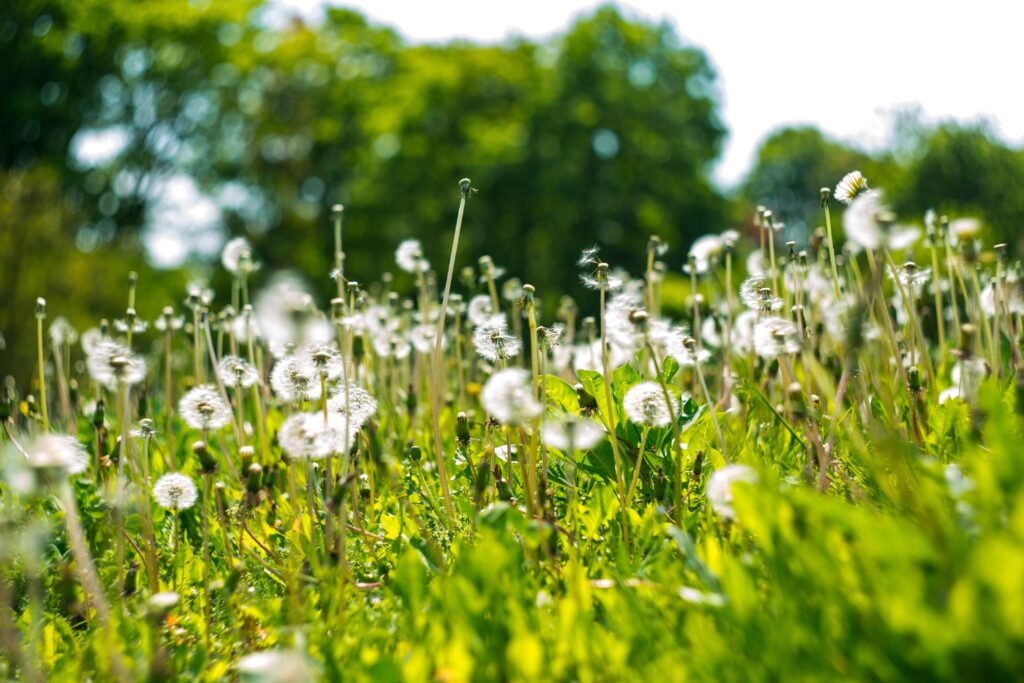
I live in a neighbourhood of crisp green lawns. The people here spend a lot of energy rolling, aerating, weeding, edging and watering their grass. Many hire lawn companies to achieve that perfect bowling green. And while the occasional island bed seems permissible, the goal is an expansive green ocean.
This is true for all my neighbours except one. They are bucking the manicured green grass trend. They let their dandelions grow to full height and they have placed a sign in the middle that reads ‘Pollinator Garden’.
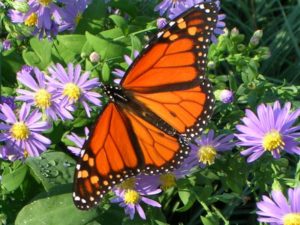 This is not a defined bed of dandelions. There are no other plants represented in the Pollinator Garden. And the dandelions are not deadheaded to prevent them from spreading when they are no longer a food source. This is simply dandelions stretching for the sky in an area of grass.
This is not a defined bed of dandelions. There are no other plants represented in the Pollinator Garden. And the dandelions are not deadheaded to prevent them from spreading when they are no longer a food source. This is simply dandelions stretching for the sky in an area of grass.
And as I walk by every morning I have started to wonder ‘What makes for a pollinator garden?’
Giving Pollinators a Hand
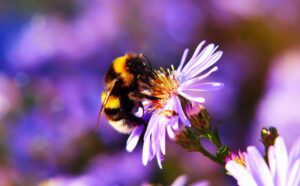
Photo by Krzysztof Niewolny
Now I know about the ‘No Mow May’ movement. This movement encourages homeowners to let their lawns grow a little longer in May so all those invertebrates (bees, butterfly caterpillars etc) have a chance to emerge from their overwintering hiding places. And it is true that dandelions provide some food for native bees at a vulnerable time of the year (https://londonmiddlesexmastergardeners.com/dandelions-are-not-all-that-bee-friendly/). But dandelions are a European nonnative plant. What did bees feed on before they arrived?
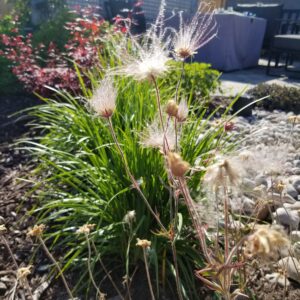
Prairie smoke and Nodding Onion from Master Gardener Sherree Mahood’s garden.
Native plants! Not only can a native plant feed those bees in spring, but there are many specialist bees and butterflies that rely on specific plants for their survival. Most of us know about how the Monarch butterfly can only eat Milkweed. No Milkweed, no Monarchs. But that is just one of the many specialist interactions that exist in nature. There are many different bees, butterflies and moths that depend on specific plants to chew at this time of year in order to survive.
Food Sources for Pollinators
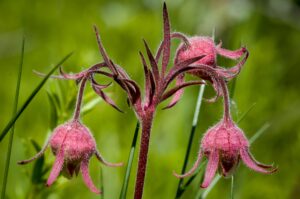
Prairie smoke Photo by David Thielen
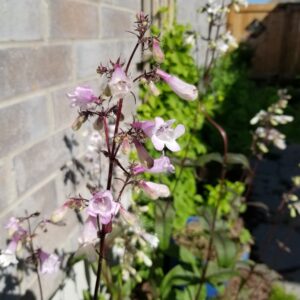
Beardtongue in Master Gardener Sherree Mahood’s garden.
So, want to feed a bumblebee in spring? Why not plant Prairie smoke, Wild geranium, Wild columbine, Wild strawberry, Downy yellow violet, Golden alexanders, Ohio spiderwort, Kinnikinnik, Hairy beardtongue, Smooth beard tongue, Blue-eyed grass or Downy phlox. And don’t be discouraged if you only have shade. Shade is a great place for native bloomers. Try Bloodroot, Cut-leaved toothwort, Dutchman’s breeches, Virginia bluebells, Virginia waterleaf, Sharp-lobed hepetica, or Blue cohosh. There is a beautiful native plant that is perfect for every area of your yard.
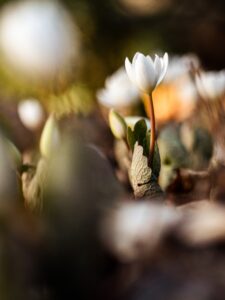
Bloodroot Photo by Aaron Burden
So I guess that is what I think makes a Pollinator Garden. To me, it’s a garden filled with native plants that nurture wildlife. And if each of us adds a few natives to our gardens, we not only beautify our yards with easy care plants, we also will save this planet one plant at a time (https://neighborhoodgreening.org/a-yard-full-of-life/).
Feature Photo credit to Michał Ludwiczak


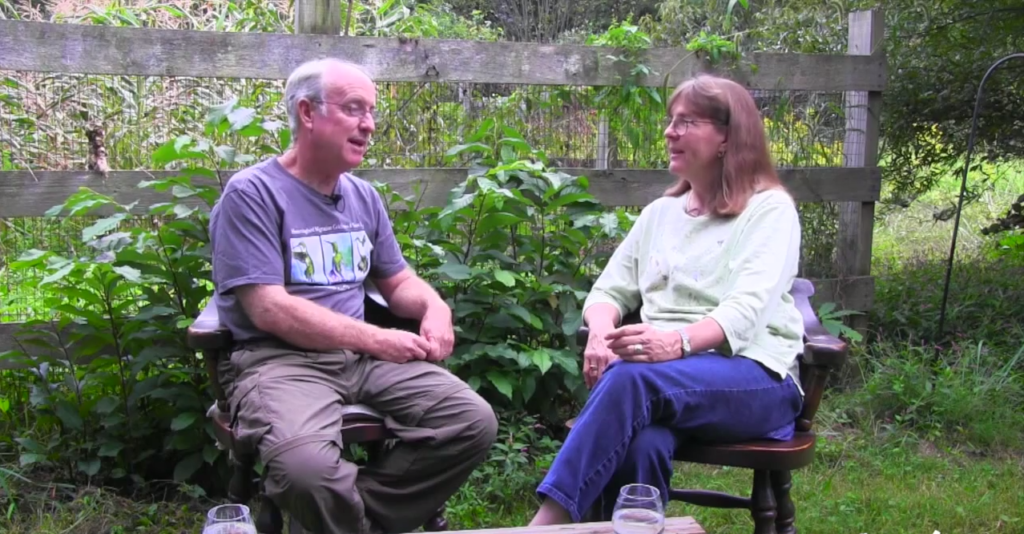
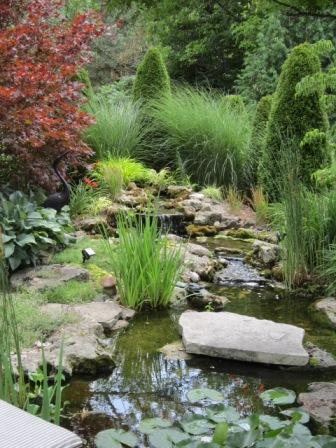

About The Author: Kim Nikkel
From kiwis to apples, Kimberly grows fruit holistically in her garden just outside of London, Ontario. One of her favourite parts of gardening is watching the bees poke their heads into the masses of flowers that surround her fruit trees.
More posts by Kim Nikkel